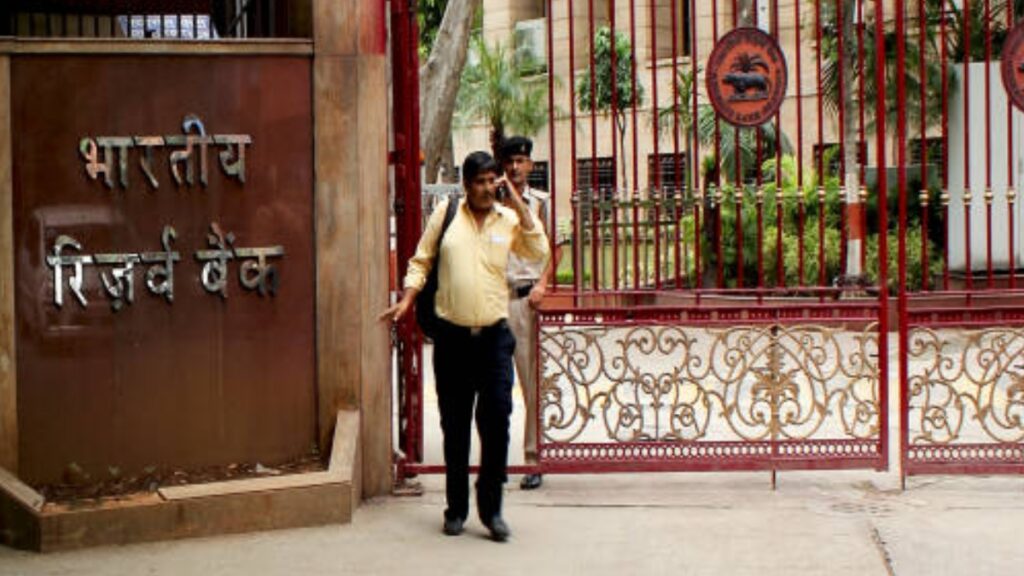MUMBAI: The sharp decline in gross domestic product (GDP) growth — at a seven-quarter low— in the second quarter of the financial year has added pressure on the Reserve Bank of India’s (RBI) Monetary Policy Committee (MPC) to consider lowering rates in its meeting beginning this Friday.
However, economists believe that the fall in GDP alone is not enough to tilt the balance in favour of a rate cut. In a poll of 14 economists, only one expected a rate cut this week, while the majority believed a status quo was likely.
Data released on November 29 showed GDP growth moderating sharply to 5.4% in the July-September quarter, but the spike in the consumer price index in October to a 14-month high of 6.21% is likely to make the central bank cautious.
Ashima Goyal, a former member of the MPC, believes that the central bank “should” cut rates this week. The moderation in GDP growth “provides a persuasive data point to induce them (MPC members) to do so,” said Goyal.
Added Gaura Sengupta, chief economist at IDFC Bank, “The expectations (of rate cut) have shifted to December because now more focus is on GDP growth than inflation figures.”
Both finance minister Nirmala Sitharaman and commerce and industry minister Piyush Goyal have called for interest rate reductions to stimulate economic growth.
While Sitharaman urged banks to reduce the cost of borrowing for businesses by making interest rates “affordable,” Goyal said his “personal opinion” was that the RBI should cut the key benchmark interest rates to boost economic growth and ignore food prices while deciding on monetary policy.
However, the apex bank is unlikely to take any rate action, believe most others. “Given the rather uncertain global environment and the possible impact on inflation and the fact that inflation has been averaging close to 5.9% in the last two months, a status quo on the repo rate will be the logical outcome from the policy,” said Madan Sabnavis, chief economist at Bank of Baroda.
He also believes that there would be a change in RBI projections for both inflation and GDP, as inflation has been higher so far than the RBI forecast for the third quarter, and GDP growth has come much below expectations in the second quarter.
Although the apex bank changed its monetary policy stance to ‘neutral’ from ‘withdrawal of accommodation’ in October, it has kept the repo rate unchanged at 6.5% since February 2023 due to high inflation.
Experts say the rate-setting panel is likely to wait and assess whether the decline in growth is a one-off phenomenon or the start of a trend.
“We are not expecting it (a rate cut) in December because the central bank has to look at whether this slowdown is structural or transient in nature. Therefore, MPC members would like to wait for one more print to ascertain if it is something structurally happening,” said Aditya Vyas, chief economist, STCI Primary Dealer.
Experts expect the RBI to take measures to ease liquidity in the banking system. Liquidity in the banking system slipped into deficit last week after two months, primarily because of outflows due to goods and services tax (GST) payments.
“With headline CPI at 6.2%, cutting the repo rate immediately (in December) may not be an option for the monetary policy committee. However, the central bank will likely consider infusing a larger quantum of liquidity,” said Siddhartha Sanyal, chief economist and head of research at Bandhan Bank.
Source: The Financial Express

 Syria’s Reigniting Civil War Has Been Kept Simmering By The NATO Powers
Syria’s Reigniting Civil War Has Been Kept Simmering By The NATO Powers 